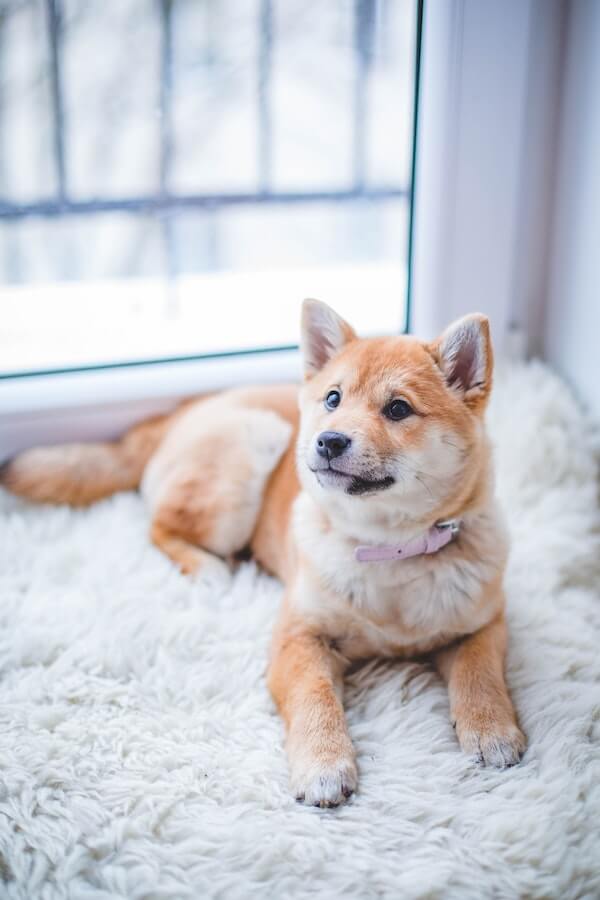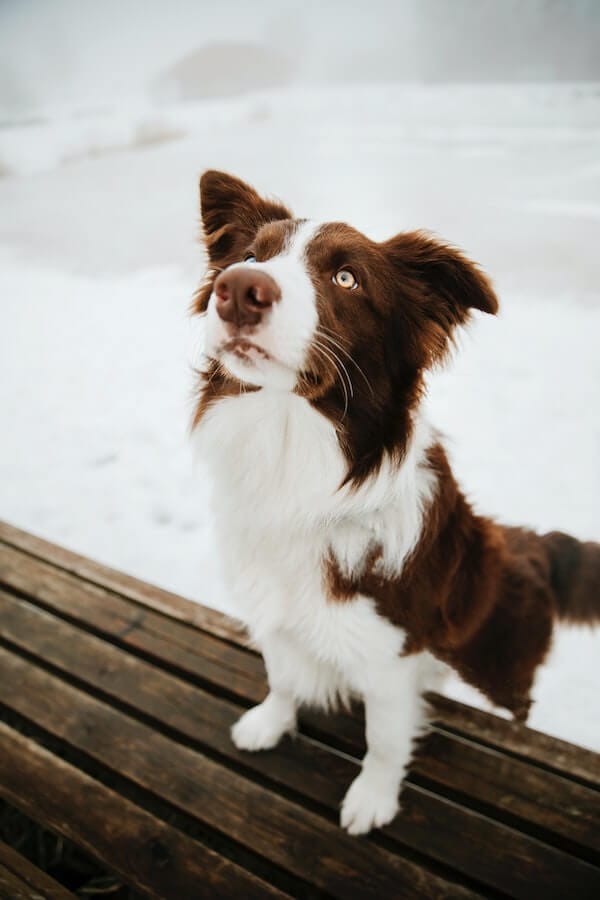
Training a pup to go potty indoors can be a tough task. This is when pad training comes into the picture. But, how to pad train a puppy?
Puppy pad training is an important part of your pet’s development. It helps them learn how to go potty inside the house, which can help you avoid messes. It can also save time on cleaning up after them.
Pad training is a great way to get your pup accustomed to using the bathroom indoors without having accidents all over the floor.
Let’s understand the basics of this process and get started on this training technique.
What do puppy training pads do?
Puppy training pads are designed to help house-train your pup and keep your home clean. They’re basically small, absorbent pads that you can place on the floor in areas where you’d like your pup to go when they need to do their business.
The pad is made of a highly absorbent material that traps any liquid or solid waste that it comes into contact with, protecting floors and making cleanup easier.
Many puppy training pads also have an odor-control feature. So that if accidents occur, the smell won’t be too bad.
Plus, many models feature attractants, like scents or colors. This encourages puppies to use them instead of other surfaces like carpets or furniture.
In short, puppy training pads are an invaluable part of potty training your pup and keeping your home clean.

How to pad train a puppy?
Pad training a puppy can be daunting, but with the right steps and some patience, it’s doable! Here are 7 easy-to-follow steps for pad training your pup:
Step 1: Create a Space:
You need to create a space that is free from distractions such as other animals or people walking by. This will help your pup learn quickly and stay focused on their training.
Step 2: Set Up the Pad:
Place the pads in an area that is easily accessed by your pup but still away from traffic areas in your home so they don’t mistake them for play areas.
Secure the pads into place with tape or some type of adhesive to prevent them from moving around while they use them.
Step 3: Gently Introduce the Pad:
Let your pup explore the pad and become familiar with it. Reward them with treats when they sniff or touch it.
Step 4: Show Your Pup What to Do:
If necessary, help your pup onto the pad and tell them “go potty” so that they begin to understand what you expect from them.
Step 5: Praise and Reward:
When your pup uses their pad correctly, praise them and reward them with a treat. This will reinforce positive behaviors and make your pup more likely to use the pads next time they need to go!
Step6: Clean Up Accidents Immediately:
If there are any accidents in the house while training, be sure to clean them up immediately. This will help prevent your pup from associating the pads with accidents. It will keep the area smelling fresh and inviting.
Step 7: Be Patient:
It’s important to remember that pad training is a process and it may take some time before your puppy is completely trained.
During this time, be patient and consistent in your potty training practices. With patience and dedication, you can successfully potty train your pup!

Do dogs know to pee on pads?
Our four-legged friends are cute, cuddly, and extremely smart! We know they can learn commands like sit and stay, but do our beloved dogs know how to use pee pads?
Surprisingly enough, the answer is yes! With proper training and patience, you can teach your canine companion to properly use a pee pad.
The trick is to start from a young age when they’re still learning the ropes of potty training.
This may vary from breed to breed. There are some dog breeds that pee a lot and need to be monitored
Smaller breeds like Chihuahuas, Yorkies, and Shih Tzus tend to take to pee pads more quickly. This is due to their small bladder size.
Larger dogs may require a bit more patience and consistency.
What age should a puppy be pad trained?
The age at which you should start pad training a puppy may vary depending on the breed, size, and individual needs. However, experts typically agree that it’s best to begin between 8-10 weeks old.
It’s important to remember that puppies aren’t able to control their bladder until they are several months old, so don’t be discouraged if your pup is having accidents in the house.
With patience and consistency, your pup will learn where they’re supposed to go in no time!

Final Thoughts
Now that you are familiar with how to pad train a puppy, it is important to maintain a consistent routine.
This includes feeding times, outdoor bathroom breaks, and regular playtime. Make sure to always reward good behavior with lots of love and treats, and redirect any bad behaviors immediately.
With patience and consistency, your pup will be happy and well-behaved in no time!
FAQ
You can start by placing a few drops of your dog’s urine on the pad and marking it with a treat or a toy. This can help create an area that is already familiar to your pup and encourage them to go back.
One option is to create a small area dedicated for your pup’s potty needs using synthetic turf. Synthetic grass is easy to clean and maintain, plus it looks realistic enough that your pup won’t mistake it for an outdoor bathroom. It also offers some extra cushioning for delicate paws, making it a comfortable spot for your furry friend.
If your pup is still learning to use the pad, then you’ll want to place extra pads throughout the house in areas that your pup usually spends time in.
If your pup already knows how to use the pad, then placing one or two pads around the house may be enough.
Puppy pads should be placed in areas that the pup will frequent. This includes the area you plan to use for potty training, such as near the door or entrances to your home. If you are using a crate for housebreaking, place puppy pads at the back of the crate so they can easily access them when needed. Also, consider placing puppy pads near water and food dishes if they are not confined to an area like a crate or kennel. When placing puppy pads, ensure that they are accessible but also out of sight from humans, as puppies can become distracted by people walking nearby.


GIPHY App Key not set. Please check settings